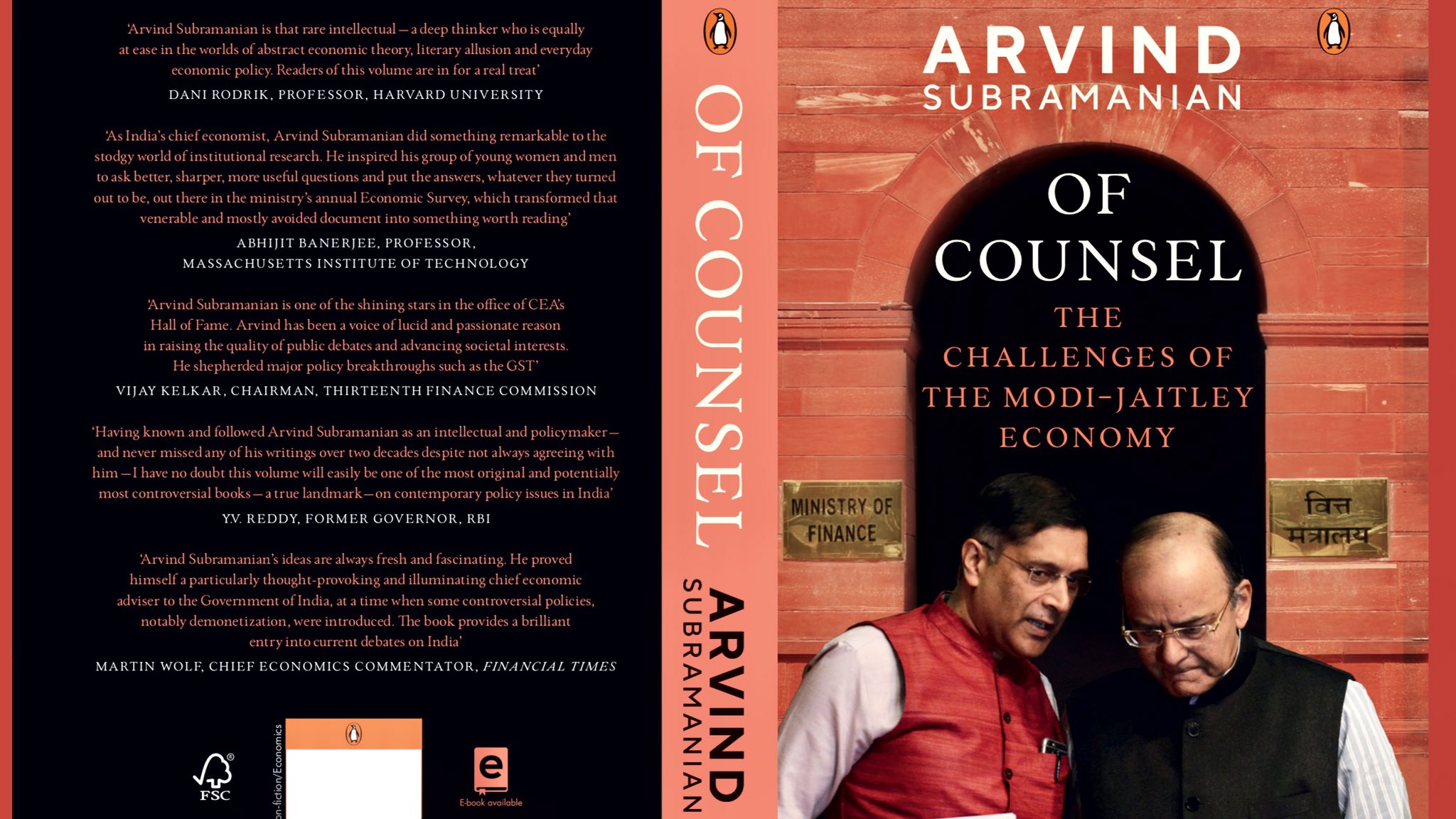India versus Bangladesh GDP per capita comparison has sparked anxiety and acrimony, but wrong numbers are being compared, the Indian Government’s Former Chief Economic Advisor
Arvind Subramanian said.
On more appropriate metric, India has not been surpassed and, according to IMF, unlikely to be in near future, he said.

The real GDP needs to be measured in local currency after taking out the effects of inflation and convert all local currency estimates of real GDP into comparable dollars, Subramanian said.
IMF’s historical numbers are based on countries’ local currency GDP estimates which are subject to uncertainty.
The conclusion of the IMF that Bangladesh has eclipsed India in GDP per capita is based on comparisons based on GDP measured at current market exchange rates, which is inappropriate for welfare comparisons across time and countries, he said.
GDP measurement at current market exchange rates comparison is inappropriate because they may not adequately reflect domestic inflation or productivity growth, Subramanian said.
The more appropriate basis is GDP at constant purchasing power parity exchange rates, which shows India ahead, he said.
GDP per capita is merely an estimate of one indicator of the average standard of living or welfare in a country, Subramanian said.
There are many other indicators including the human development index, he added.
Nevertheless, Bangladesh’s performance over the last two decades on growth, manufacturing exports, and range of social indicators such as fertility, female labour participation, financial inclusion has been remarkable, Subramanian said.
Bangladesh is a miracle-in-the-making offering development lessons for all, he added.
If a neighbour like Bangladesh is doing well, it is good for the region. If a neighbour like Pakistan is not doing well, the results of which are evident before us.
Therefore, India must celebrate Bangladesh’s growth.
How Far GDP Numbers Are Appropriate Indicators?
GDP is an indicator of a society’s standard of living, but it is only a rough indicator.
GDP is a limited tool for measuring standard of living because there are several factors that are not accounted for.

GDP includes exchangeable production, but it does not cover unexchangeable production in the market. For instance, hiring someone to mow your lawn or clean your house is part of GDP, but doing these tasks yourself is not part of GDP.
GDP does not cover the level of inequality in society. GDP per capita is only an average, not real. A five per cent rise in GDP per capita does not mean that everyone’s per capita has increased by as much per cent.
GDP also does not talk about the availability of kind of technology and products. For instance, people may have more money to buy, but cannot buy an iPhone or a personal computer, due to its unavailability in the market.
If people live in extreme fear of crime and spend on installation of bars and burglar alarms on all their windows, it is hard to believe that this increase in GDP has made them better off.
In that same vein, some people would argue that sales of certain goods, like pornography or extremely violent movies, do not represent a gain to society’s standard of living.
GDP is an indicator of a society’s standard of living, but it is only a rough indicator because it does not directly account for some factors mentioned above.
So, put the analysis of the Bizcoot columnists (Lutyens Business Journalists) and politicians into the dustbin.
However, India should have no room for complacency.









